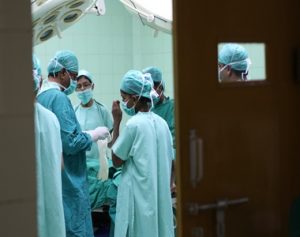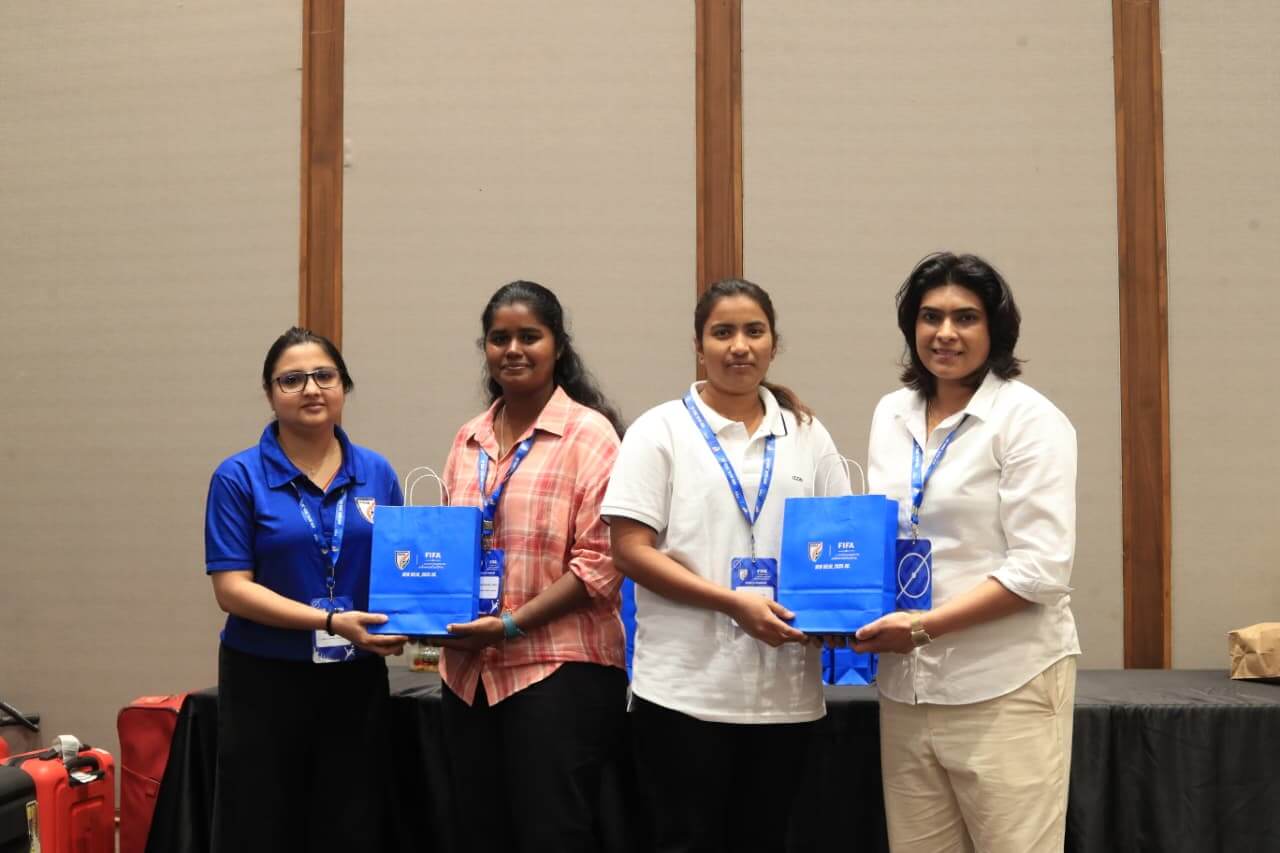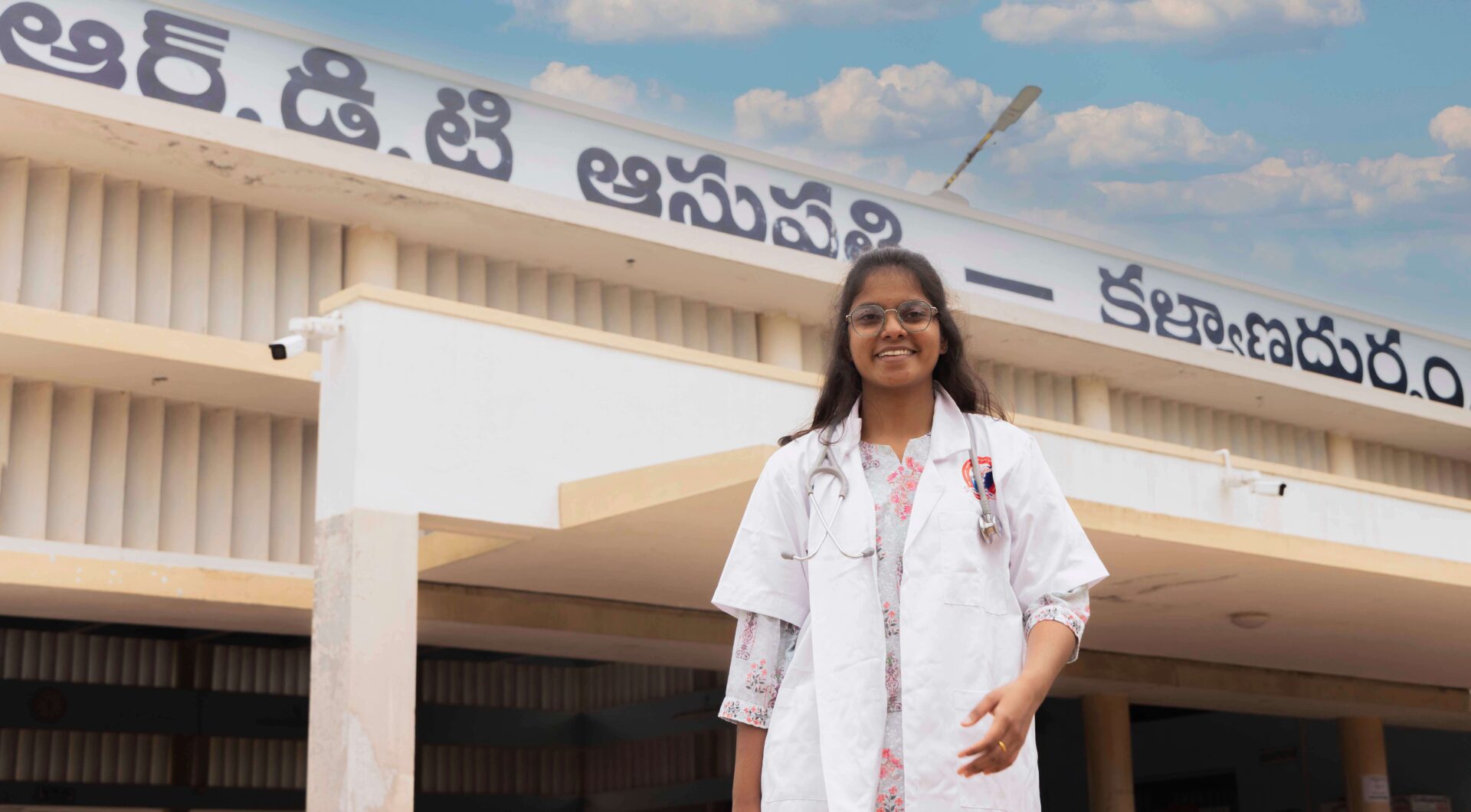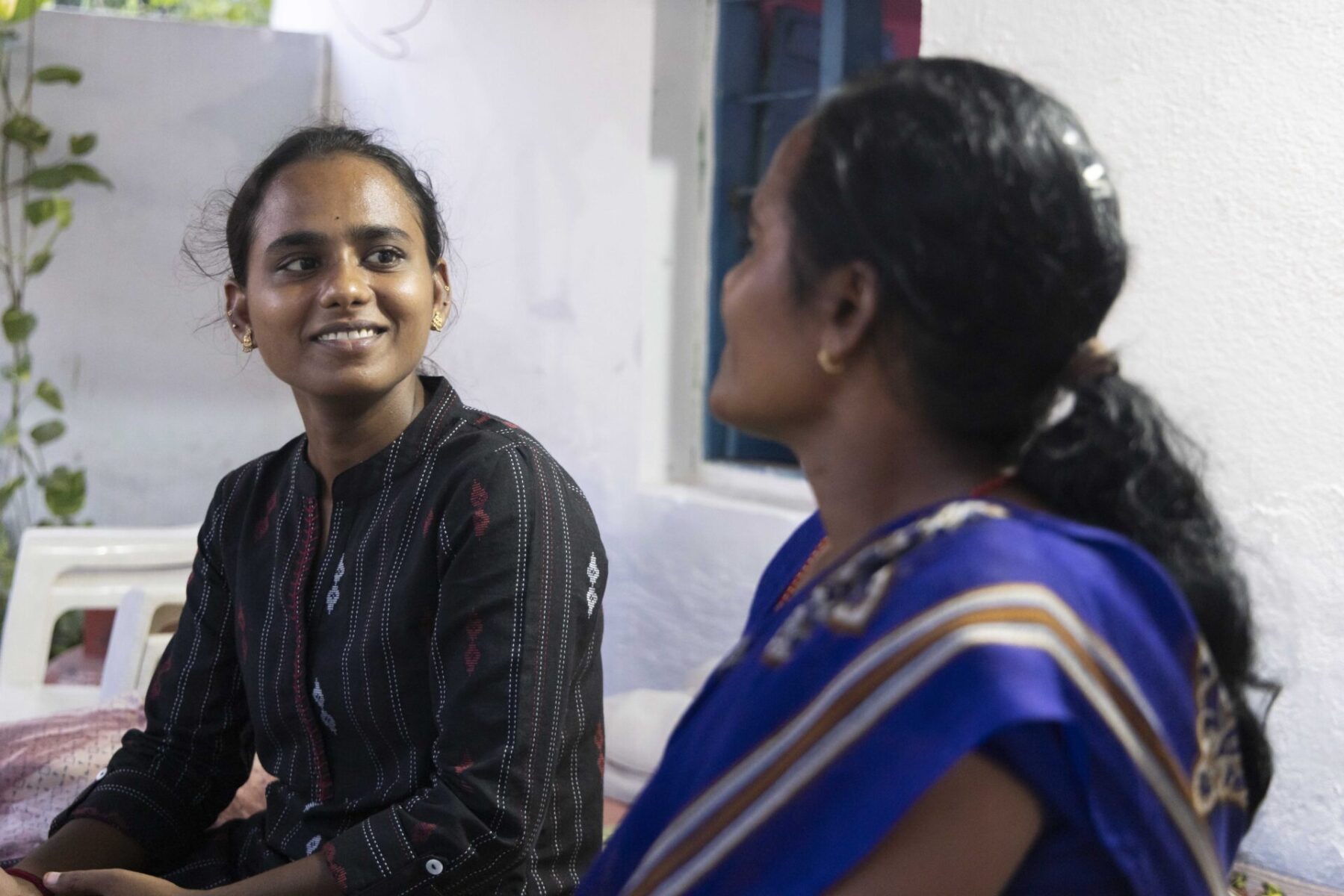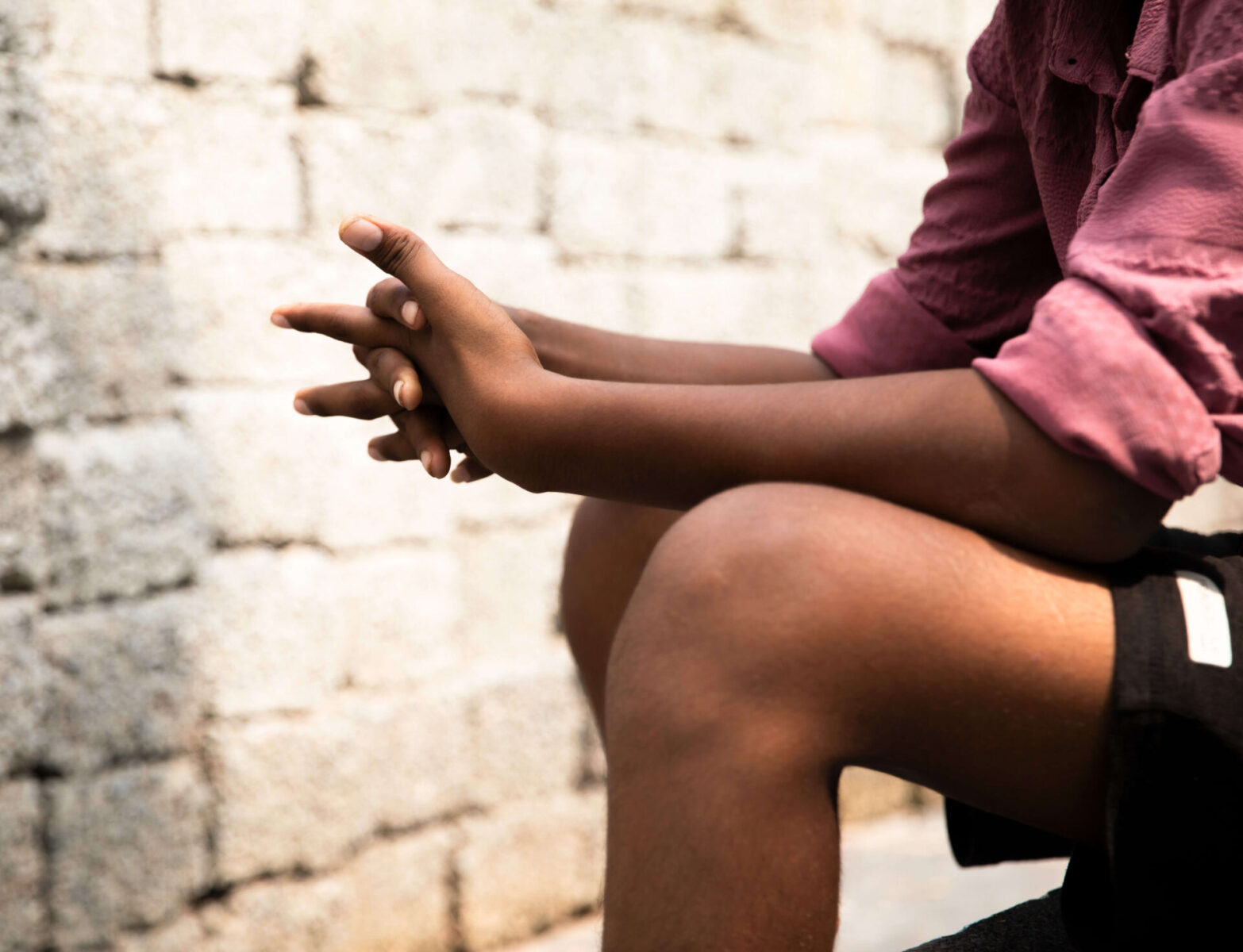In India, discussing about women’s sexual and reproductive health is still a taboo in many areas, especially in rural areas. According to Global Nutrition Report 2017, 51% of Indian women between 15 to 49 years are anaemic while according to the Ministry of Health and Family Welfare, India’s Maternal Maternity Ratio (MMR) is at 113, which means there were 113 deaths per 1,00,000 live births between 2016-2018. However, India still has a long way to reduce its MMR to 70 per 1,00,000 live births by 2030 to match with the Sustainable Development Goal target.
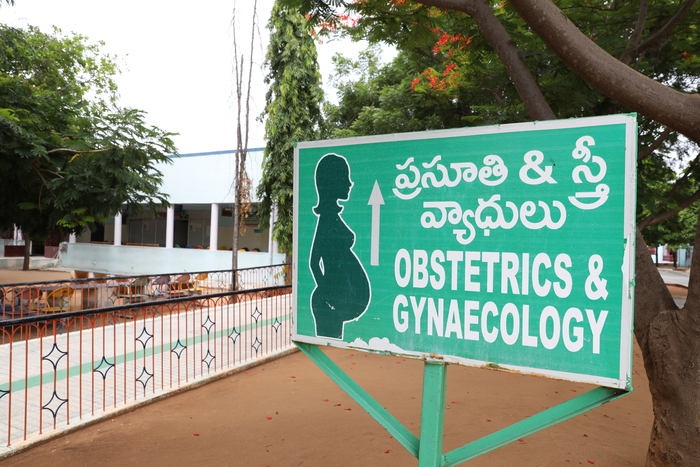
In a conversation with Dr. Jyothi, Head of Obstetrics and Gynaecology at RDT Bathalapalli hospital, she explains the situation in Anantapur, provides her insight and highlights the steps that can be taken to improve the situation. Her experience with the RDT hospital network, which has performed over 9,036 institutional deliveries and 2,167 gynaec surgeries during 2020-2021, has been for over a decade. Here is an excerpt.
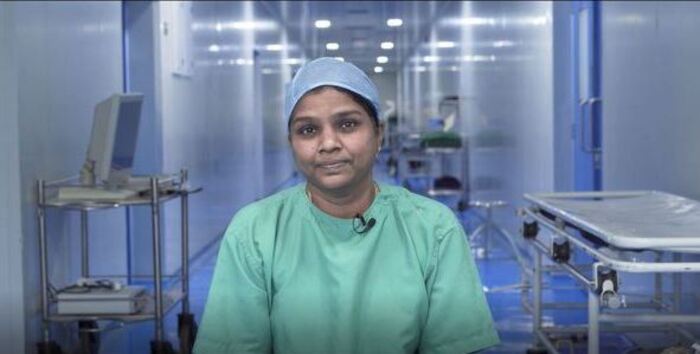
Q1) What is the ground situation of women’s sexual reproductive health in Anantapur? Do the women have issues? Are they severe?
Women are taught and expected to suffer in silence. If she is able to do that, she is considered a high value woman in the society. Hence, issues related to their health are always neglected, never spoken about. In rural India, it is worse than the cities. Here in Anantapur, many women have high risk pregnancies, which is a result of ignoring nutrition intake and subtle signs of complications. Anemia and urinary tract infections (UTIs) are pretty much rampant among women here. However, they often avoid getting it treated and end up increasing their complications. Women are reluctant to go to faraway places for check-up even for severe problems.
Q2) In terms of awareness, what is the situation?
Ten years ago, women had no awareness at all in rural areas. As I mentioned, women are not expected to share their problems. So, now when they visit us, we try to make them talk. The government is focusing on awareness campaigns and I must say that ASHA workers are doing a great job. In my opinion, there is an increase of 50% in terms of awareness as compared to ten years ago. Even in our Bathalapalli hospital, we receive less anemia and UTI cases than what we received ten years ago. Women are also more open for pap-smear tests and feel less shy about it. However, even though the situation has improved but it is still not enough. All the stigmas and taboo related with women health are very well deep rooted and we need to address those roots. It will certainly take some time but I am hopeful.
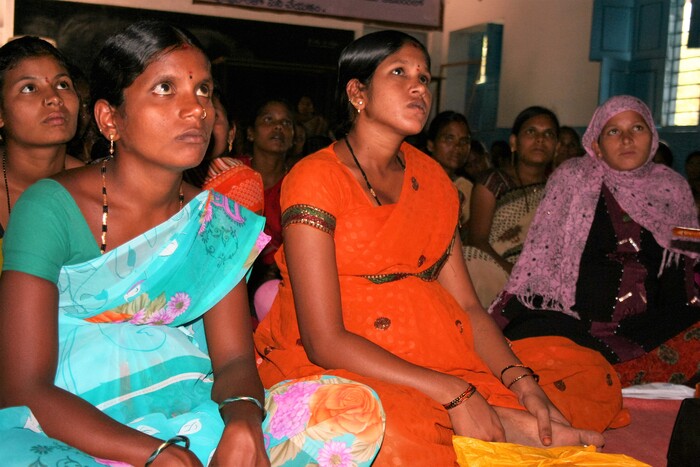
Q3) How do women take care of their intimate health?
Interestingly, there are two extremely opposite sets of women. The first set, which I will classify as more literate and with media exposure and the second set is less literate with less or none media exposure. The first set of women sometimes over-indulge in taking care of their intimate health. The focus is more on beautifying than on hygiene, which sometimes can create complications. The second set of women, on the other hand, completely neglect their intimate health and hygiene. But what is common between the two sets of women is that, they only consult doctors when the situation goes out of hand.
Q4) In your opinion, what steps can be taken to improve the existing condition?
There are two ways that has proven to be effective in Anantapur. First is to bank on sanghams, to strengthen them in a way where women not only pool their savings, discuss their daily chores but also talk about their health. I believe, giving trainings at community level to selected women representatives of sanghams can be very helpful. So, when the sangham meets every month, they discuss about their health and identify their problems, and visit doctors on time if need be. Second is to develop effective communications skills among the nurses and rural health organisers. They have knowledge but often lack skills to communicate with the women in a way that will help them to open up. At RDT healthcare network, we do have trainings for nurses and rural health organisers and they are very helpful.
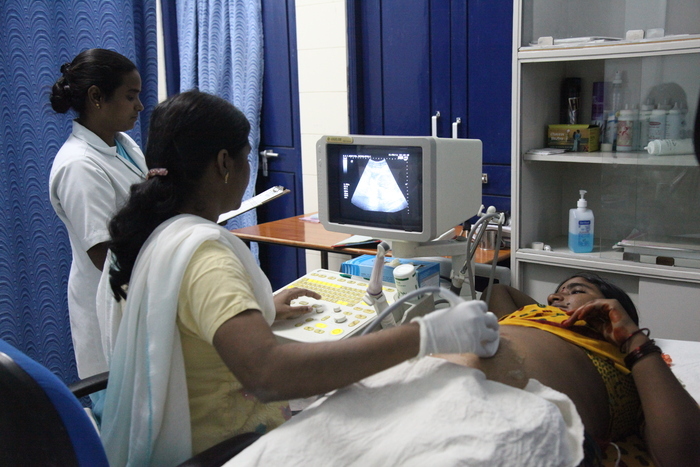
Q5? What is the role of the doctors regarding this issue?
To put it simply, effective communication with the patients. There are also many psychological and social factors involved due to which women do not open up. In many households, women eat less even during and after the pregnancy. There are also instances where their husbands’ families taunt them or make them feel guilty if they eat little extra. We as doctors should understand their situation, and instead of just prescribing medicines and telling them to focus on nutrition, we should give them the space to talk and share in a way that helps them to take their health issues seriously. Apart from this, we should develop a strong medical network. Here in RDT, we have volunteers, health organisers and telecommunications that helps us to reach out to women especially for follow-ups.
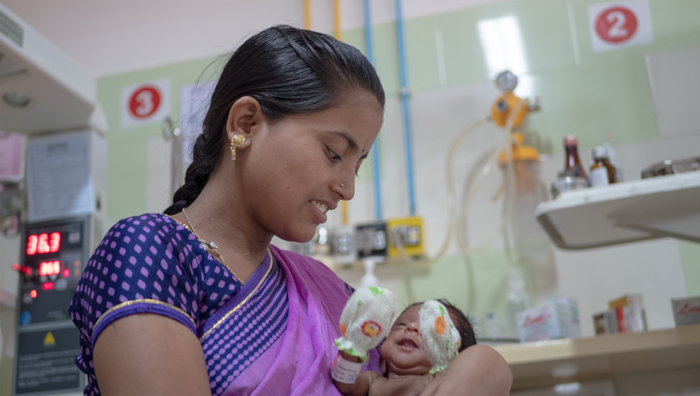
Q6) Would you like to give out any message?
Women are beautiful creatures. Independence is their jewel and health is their crown. We need rural women to realise this as they suffer more. I always say that saving money is important but saving health is more important. The COVID-19 times have only proved it more correct. The day when rural women enjoy the same independence as enjoyed by most urban women should come sooner.
Text: Dyuti Khulbe/RDT

